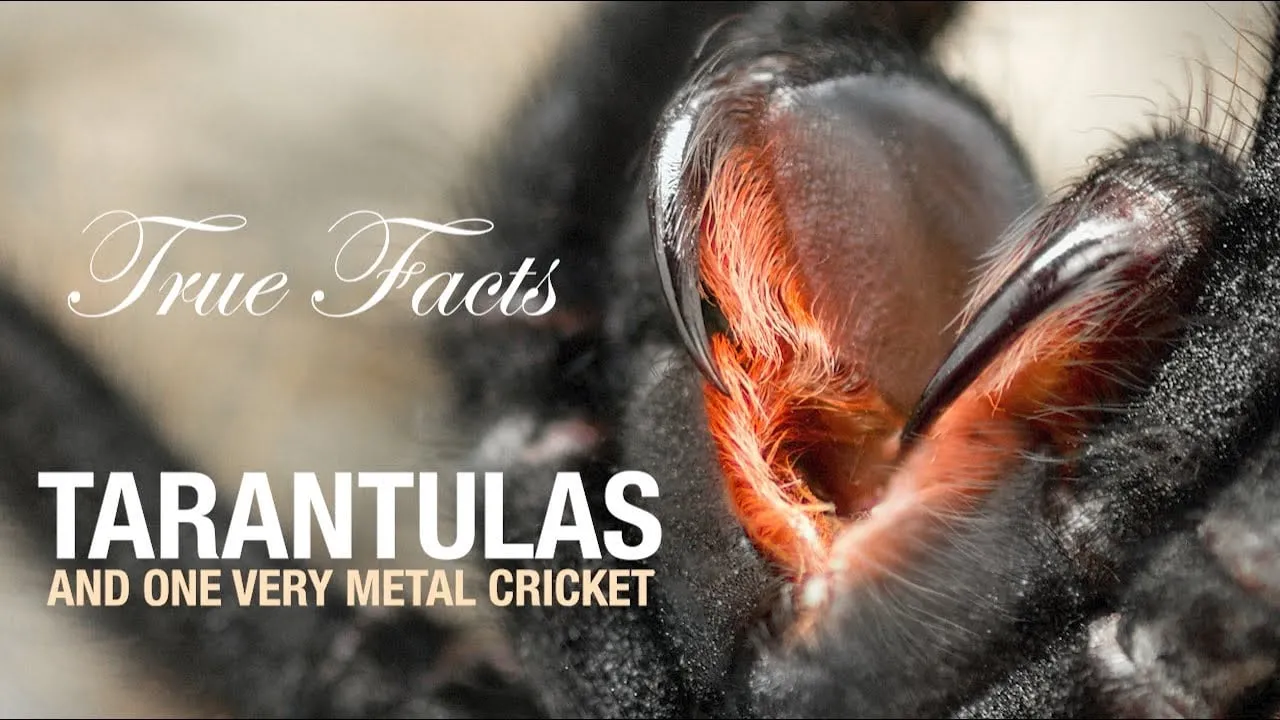What are Australian Tarantulas
Australian tarantulas, often mistaken for the more dangerous funnel-web spiders, are fascinating creatures that captivate both arachnid enthusiasts and those with a general interest in wildlife. These spiders, belonging to the Theraphosidae family, are known for their large size, hairy appearance, and relatively long lifespans. Unlike some other spiders, Australian tarantulas are not considered highly venomous to humans, although their bite can be painful. They play a vital role in their ecosystems, primarily as predators of insects and other small animals. Understanding these spiders involves delving into their habitat, behavior, and the unique adaptations that allow them to thrive in their environments. They are a diverse group, with several species displaying variations in color, size, and temperament, making them a compelling subject for observation and study. Despite their fearsome appearance, Australian tarantulas are generally docile and rarely bite unless provoked.
Habitat and Distribution of Australian Tarantulas
Where do Australian Tarantulas Live?
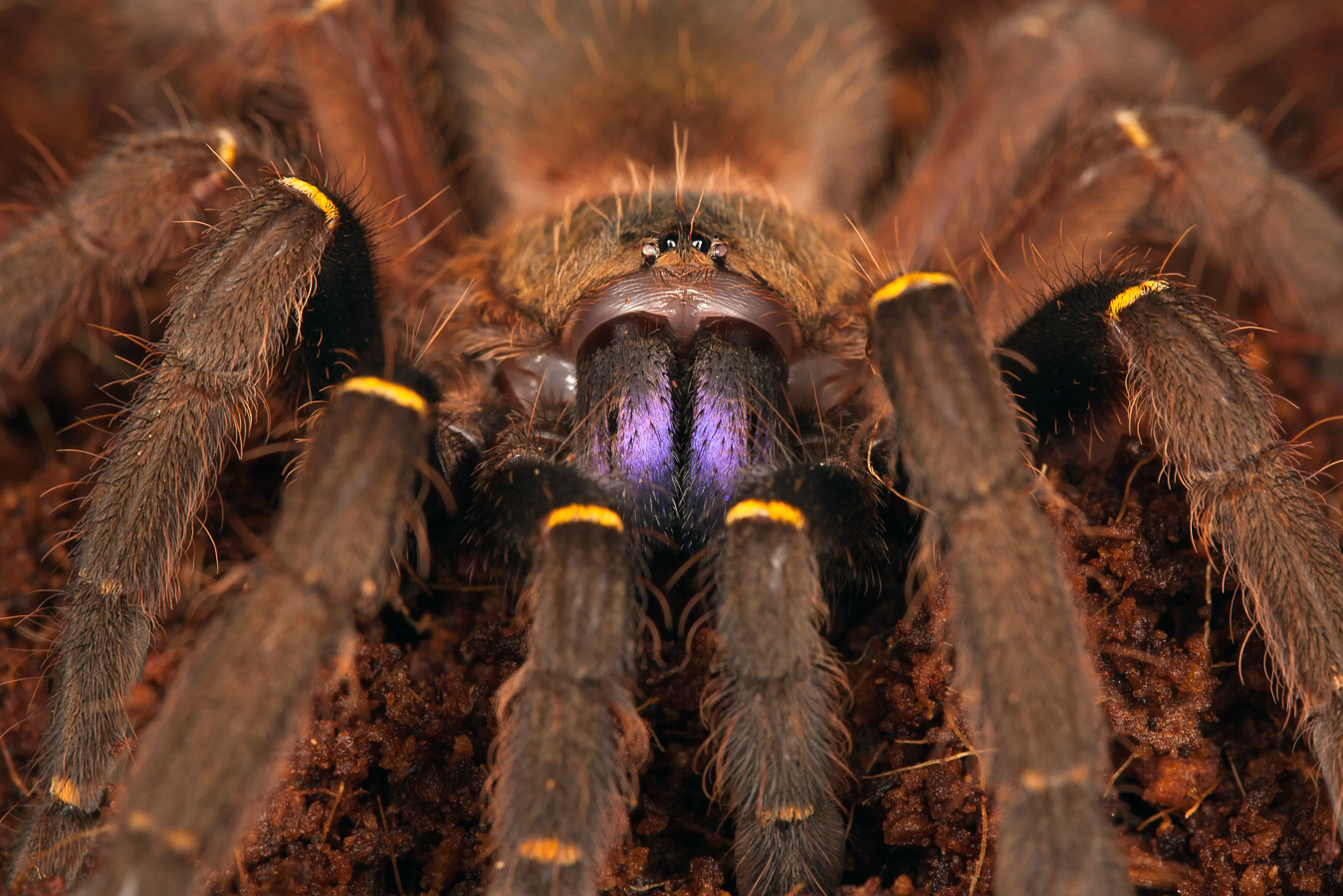
Australian tarantulas are endemic to Australia, meaning they are found nowhere else in the world. They inhabit a wide range of habitats across the continent, from arid deserts to humid rainforests. Their distribution is primarily influenced by the availability of suitable shelter, prey, and appropriate climatic conditions. They are commonly found in burrows in the ground, under rocks, or within the hollows of trees. These spiders have adapted to diverse environments, allowing them to thrive in various regions. Their presence indicates a healthy ecosystem, and their distribution patterns can provide valuable insights into the ecological health of specific areas. Some species have very specific habitat requirements, while others are more adaptable, leading to variations in their geographic range and population densities. The spiders’ ability to find shelter and food in a range of settings makes them a successful group of predators.
Types of Australian Tarantulas
Several species of Australian tarantulas exist, each with unique characteristics and habitat preferences. Some of the most well-known include the Queensland whistling tarantula (Selenocosmia crassipes) and the eastern tarantula (Selenotypus plumipes). These species exhibit differences in size, coloration, and behavior. The Queensland whistling tarantula, for example, is famous for its ability to produce a hissing sound when threatened, a defensive mechanism. The eastern tarantula often displays vibrant colors and patterns, making it a favorite among spider enthusiasts. Identifying the various species requires careful observation of their physical traits, including leg span, body shape, and the presence of specific markings. The diversity within the Australian tarantula family reflects the continent’s varied ecosystems, with each species playing a unique role in its environment. These spiders present a fascinating study in adaptation, showcasing the ways in which different species have evolved to thrive in their specific niches.
Appearance and Physical Characteristics
Size and Color of Australian Tarantulas
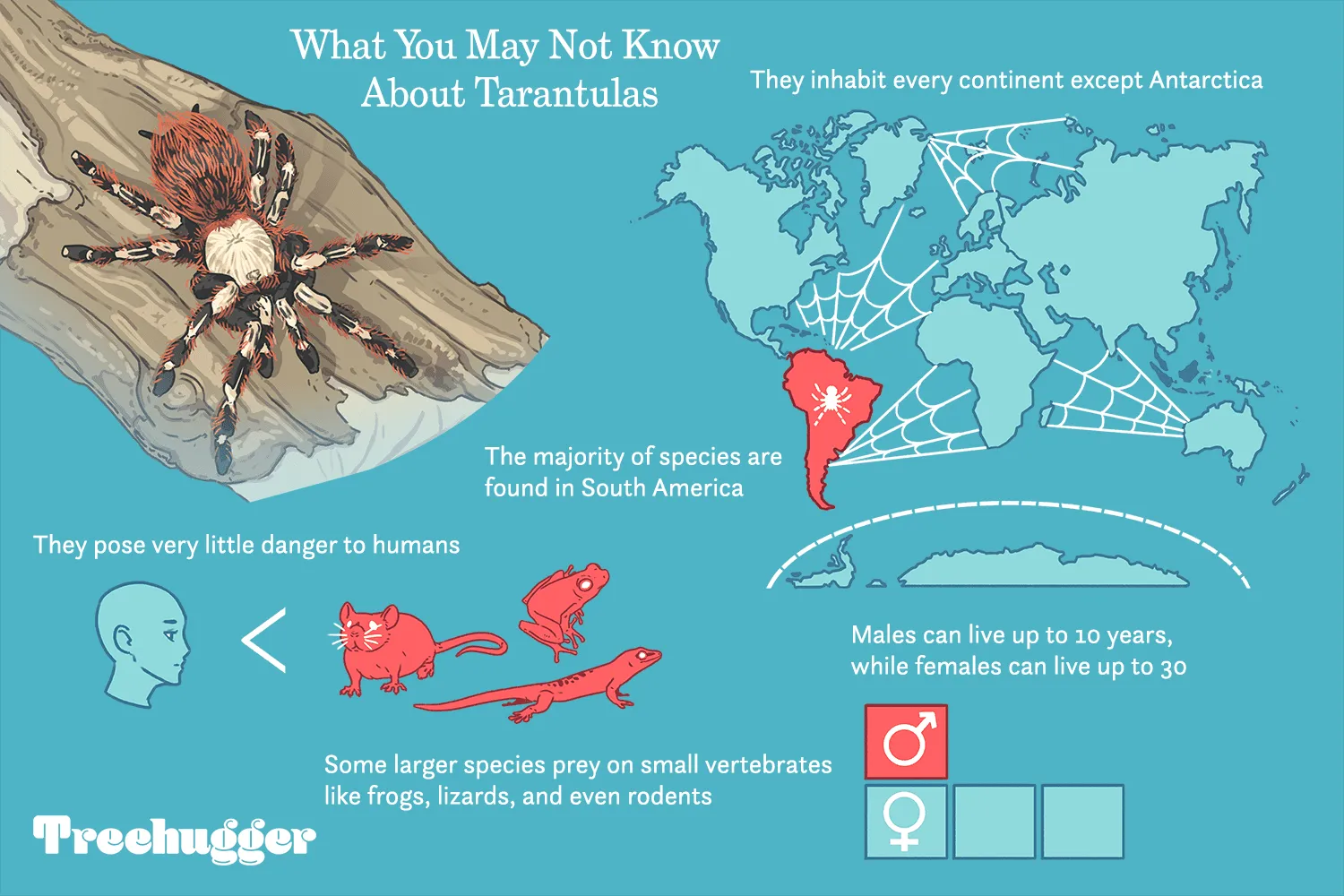
Australian tarantulas are among the largest spiders in the world, with some species reaching a leg span of up to 22 centimeters. Their size can vary considerably depending on the species, sex, and age. Females typically tend to be larger than males. The body of an Australian tarantula is divided into two main parts the cephalothorax (fused head and thorax) and the abdomen. Their coloration ranges from various shades of brown, grey, and black. Some species exhibit more vibrant colors, with reddish or orange hairs on their legs and bodies. These colors often serve as camouflage, helping the spiders blend in with their surroundings. Their large size and imposing appearance often contribute to their fearsome reputation. The variations in size and color across different species demonstrate the adaptive nature of these spiders, reflecting their ability to thrive in various environmental conditions.
Identifying Features
Several physical characteristics help in identifying Australian tarantulas. The presence of prominent fangs, used for injecting venom into prey, is a notable feature. Their bodies are covered in hairs, which serve sensory and defensive functions. They also have spinnerets at the end of their abdomen, which they use to produce silk for creating burrows and catching prey. The shape and size of the legs, as well as the presence of specific patterns or markings, can also aid in identification. Another key identifier is the presence of urticating hairs. These hairs are designed to irritate predators. These features, combined with the overall size and coloration, provide a comprehensive way to distinguish between the various species. Accurate identification is crucial for conservation efforts and understanding the ecological roles of these spiders. A close examination of these features is essential for anyone seeking to study or appreciate these incredible arachnids.
Behavior and Lifestyle of Australian Tarantulas
Hunting and Diet of Australian Tarantulas
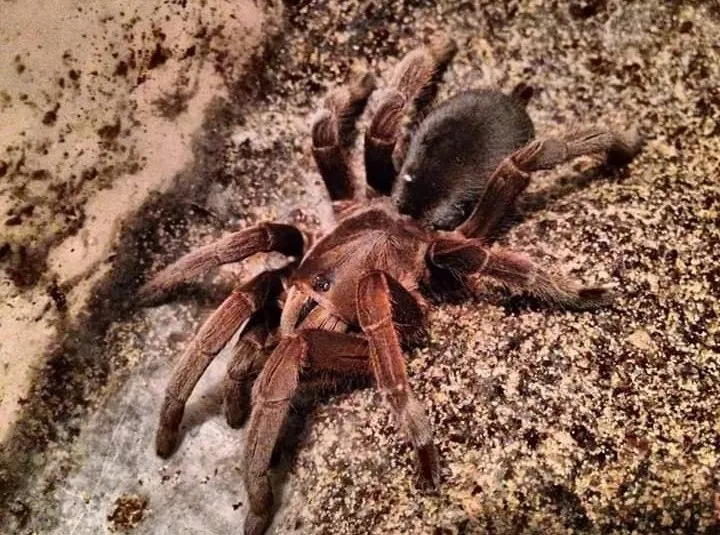
Australian tarantulas are primarily nocturnal hunters, most active during the night. They are ambush predators, waiting patiently in or near their burrows for prey to pass by. Their diet mainly consists of insects, but they will also consume small vertebrates, such as lizards, frogs, and small mammals. The spiders use their fangs to inject venom, which immobilizes and begins to digest the prey. Once the prey is subdued, the tarantula uses its chelicerae (mouthparts) to further break down the food before consuming it. Their hunting behavior is highly efficient, making them successful predators in their ecosystems. They play a key role in controlling populations of other species. The spiders’ diet varies depending on their size, location, and the availability of prey, allowing them to adapt to different environments.
Defense Mechanisms
Australian tarantulas have several defense mechanisms to protect themselves from predators. One of the primary defenses is their ability to retreat into their burrows. They also possess urticating hairs on their abdomen, which they can flick at potential threats, causing skin irritation and discomfort. Some species can also produce a hissing sound by rubbing their legs together, which serves as a warning signal. When threatened, tarantulas will often rear up, displaying their fangs in a threatening posture. These defense mechanisms allow them to survive in their environments. Their defensive strategies underscore the adaptability and resilience of these spiders, enabling them to avoid predation and persist in their habitats. They are well-equipped to handle various threats.
Venom and Bite Information
Are Australian Tarantula Bites Dangerous?
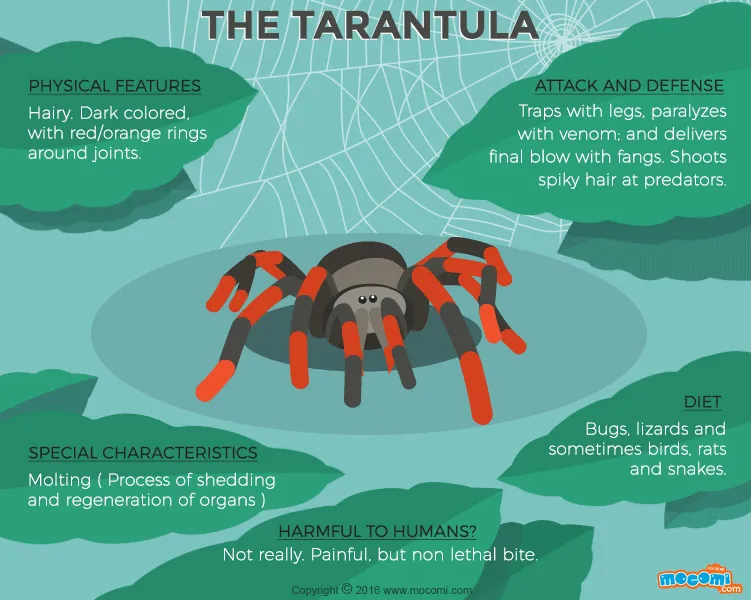
The venom of Australian tarantulas is generally not considered to be highly dangerous to humans. While their bite can be painful due to the size of their fangs and the mechanical injury, serious medical complications are rare. The symptoms of a bite often include localized pain, swelling, and redness. There is often no need for antivenom. It is essential to seek medical attention if symptoms worsen or if there are signs of an allergic reaction. Compared to other venomous creatures, the threat posed by Australian tarantulas is relatively low. The spiders are not aggressive and usually only bite when threatened or provoked. Education and awareness about tarantula bites are crucial for minimizing any associated risks and ensuring appropriate medical responses.
First Aid for Tarantula Bites
In the event of an Australian tarantula bite, the first step is to remain calm and seek medical attention, if necessary. Clean the bite area gently with soap and water. Apply a cold compress to reduce pain and swelling. Avoid scratching the bite to prevent infection. If the symptoms are severe, such as difficulty breathing or widespread allergic reactions, immediate medical assistance is essential. Monitor the affected area for any signs of infection, such as increasing redness, warmth, or pus. The initial first aid measures will typically be sufficient to manage the effects of a bite. Contacting a medical professional to provide an accurate diagnosis. With prompt and appropriate care, the effects of a tarantula bite can be successfully managed, and the victim can make a full recovery.
Conservation Status and Threats
Threats to Australian Tarantula Populations
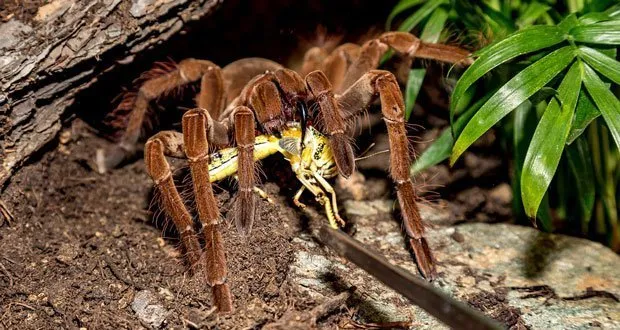
Australian tarantula populations face several threats, including habitat destruction due to urbanization, agriculture, and deforestation. The loss of their natural habitats reduces their ability to find shelter, food, and suitable breeding grounds. Another significant threat is the pet trade, where tarantulas are collected from the wild for sale. Climate change also poses a risk, as altered weather patterns and extreme events can impact their distribution and survival. The use of pesticides can affect tarantulas directly or through the depletion of their prey base. Awareness of these threats is crucial for developing effective conservation strategies. Addressing these challenges requires a multifaceted approach. It must incorporate habitat protection, sustainable land management practices, and regulations to manage the pet trade.
Conservation Efforts
Conservation efforts for Australian tarantulas include habitat preservation, the establishment of protected areas, and public education. These efforts aim to safeguard tarantulas. Implementing and enforcing regulations to control the pet trade can prevent the unsustainable harvesting of wild populations. Research and monitoring programs help assess the status and trends of tarantula populations. Community involvement and awareness campaigns can encourage people to appreciate and protect these creatures. Collaborative efforts between government agencies, conservation organizations, and local communities are essential for long-term success. By working together, we can secure a future for Australian tarantulas and ensure their continued presence in their natural environments. The focus on proactive measures is key to ensuring the survival of these amazing creatures.
Caring for Australian Tarantulas
Creating the Right Habitat
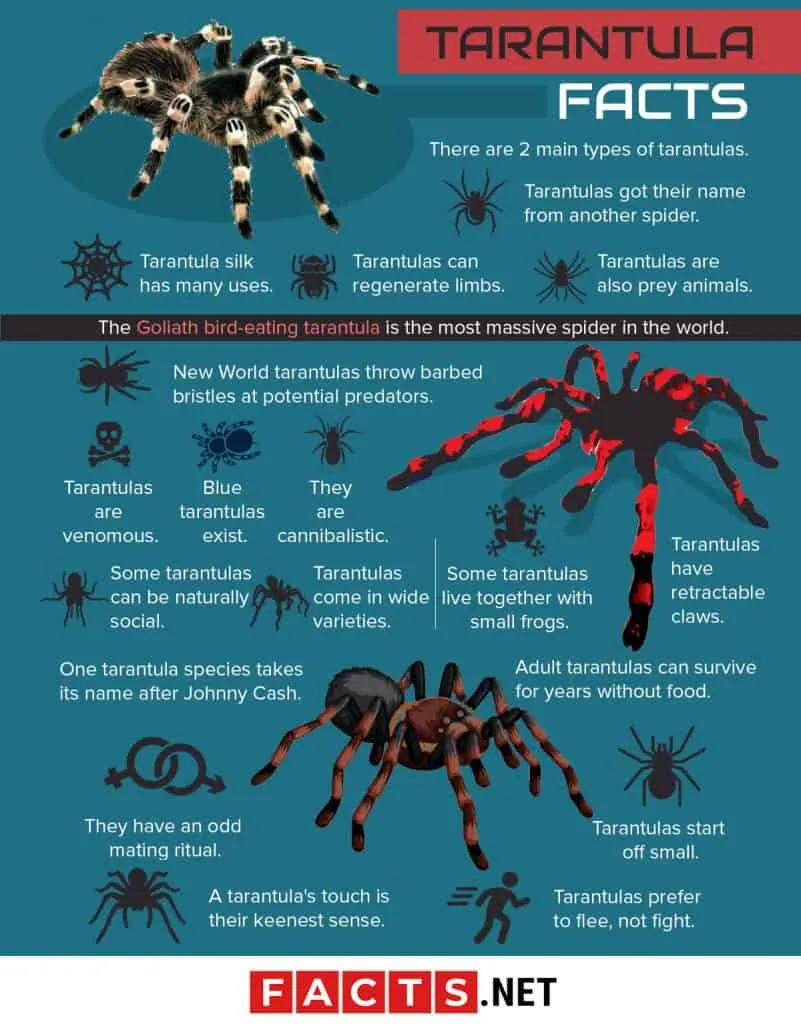
When keeping Australian tarantulas in captivity, it is essential to provide a suitable habitat that mimics their natural environment. A well-ventilated terrarium is needed. The size of the enclosure should be proportional to the size of the tarantula. The substrate should be composed of materials like peat moss, coco coir, or a mixture of both, to allow for burrowing. Provide hiding places, such as cork bark or artificial plants. Maintain a consistent temperature and humidity level, appropriate for the species. Regular cleaning and maintenance of the enclosure are necessary to ensure a healthy environment. Providing the correct conditions allows the tarantula to thrive in captivity. The habitat should replicate its natural environment.
Feeding Your Tarantula
Feeding Australian tarantulas in captivity involves providing a diet of live insects, such as crickets, mealworms, or cockroaches. The frequency of feeding depends on the tarantula’s age and size. Spiderlings need to be fed more often than adults. Ensure the insects are gut-loaded with nutritious food before offering them to the tarantula. Remove any uneaten prey to prevent stress or injury to the tarantula. Provide a shallow water dish for hydration. Careful observation of the tarantula’s feeding habits can help determine the appropriate amount of food to offer. Proper feeding ensures the tarantula remains healthy and active. The feeding schedule should be adjusted based on the tarantula’s needs and appetite. Proper nutrition is critical for its well-being.
Conclusion
Australian tarantulas are remarkable creatures, playing a vital role in their ecosystems and fascinating to observe. From their diverse habitats and unique physical characteristics to their hunting behavior and relatively mild venom, these spiders offer a wealth of information to learn. Protecting these spiders involves understanding their habitats, the threats they face, and the conservation efforts that are underway. Whether you are an arachnid enthusiast, a wildlife observer, or simply curious about the natural world, exploring the facts about Australian tarantulas will deepen your appreciation for these impressive creatures. By learning and respecting their environment, we can contribute to their continued survival. Let’s continue to explore and protect these amazing animals.
